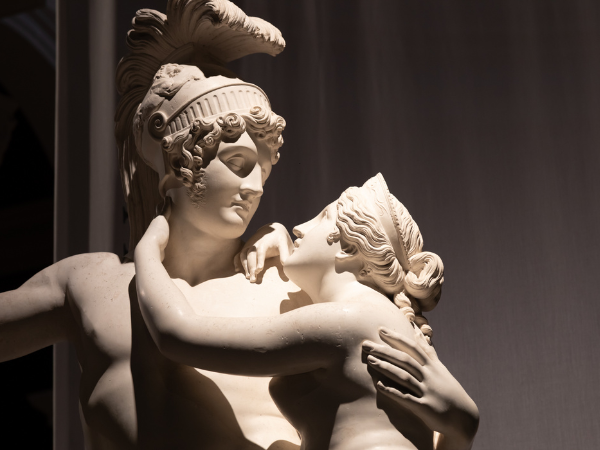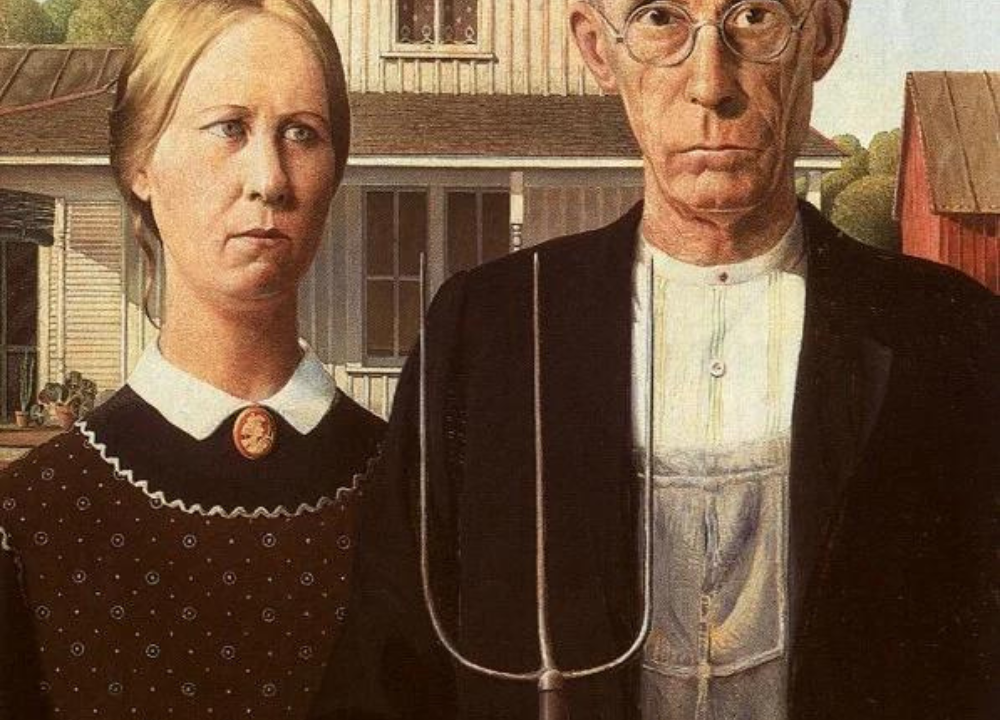Beauty has always been one of the most powerful themes in art. From the divine goddess Venus of classical antiquity to the intimate domestic scenes of Johannes Vermeer, artists across centuries have sought to capture, define, and reinterpret what beauty means. This journey reveals not only changing artistic techniques but also evolving cultural ideals.
Venus in Antiquity: The Goddess of Love and Beauty
The earliest artistic depictions of beauty often centered on Venus (Aphrodite in Greek mythology), the goddess of love, fertility, and desire. Sculptors and painters used her image to embody ideals of harmony and perfection.
- Classical sculptures – The Venus de Milo and Praxiteles’ Aphrodite of Knidos emphasized proportion, balance, and sensuality.
- Roman mosaics and frescoes – Venus was often shown emerging from the sea or surrounded by attendants, symbolizing fertility and abundance.
- Symbolism of nudity – Nudity was not scandalous but a representation of divine purity and natural perfection.
Venus was more than a mythological figure; she was a cultural symbol of beauty itself. Her image set the foundation for centuries of artistic exploration, influencing Renaissance painters and beyond.
Extra note: The goddess Venus demonstrates how beauty was initially tied to divinity, suggesting that the human pursuit of beauty was inseparable from spirituality and cosmic order.
Renaissance Rediscovery: Venus Reimagined
The Renaissance revived classical ideals, and Venus became a central figure once again. Artists blended mythological themes with humanist philosophy, emphasizing both sensuality and intellectual beauty.
- Botticelli’s “The Birth of Venus” – A masterpiece that reintroduced Venus as a symbol of rebirth, harmony, and idealized femininity.
- Titian’s “Venus of Urbino” – A more intimate, sensual portrayal, linking Venus to themes of marriage and domesticity.
- Humanist ideals – Beauty was seen as a reflection of divine order, but also as a celebration of human achievement.
Renaissance artists used Venus to explore not only physical beauty but also moral and philosophical ideals.
Extra note: The Renaissance Venus reflects a shift from divine perfection to human-centered beauty, blending myth with everyday life.
Baroque Splendor: Beauty in Motion
The Baroque era emphasized drama, emotion, and grandeur. Beauty was no longer static but dynamic, captured in movement and theatricality.
- Peter Paul Rubens – His voluptuous figures embodied vitality and abundance, redefining beauty as robust and energetic.
- Caravaggio – Though not focused on Venus, his dramatic use of light and shadow influenced how beauty was perceived in religious and secular art.
- Allegorical paintings – Venus often appeared in complex compositions, symbolizing love, temptation, and divine grace.
Baroque beauty was about impact and emotion, designed to overwhelm the senses and inspire awe.
Extra note: The Baroque period shows how beauty adapted to cultural needs—serving both religious devotion and worldly pleasure.
Dutch Golden Age: Vermeer’s Intimate Beauty
Johannes Vermeer offered a radically different vision of beauty. Instead of mythological goddesses, he painted ordinary women engaged in everyday tasks, elevating domestic life into art.
- “Girl with a Pearl Earring” – A portrait that captures mystery and elegance in simplicity.
- “Woman Reading a Letter” – Beauty expressed through quiet contemplation and intimacy.
- Use of light – Vermeer’s mastery of natural light created serene atmospheres that emphasized subtle beauty.
Vermeer’s art suggests that beauty is not only in grandeur but in the quiet dignity of daily life.
Extra note: Vermeer redefined beauty by grounding it in reality, showing that the extraordinary could be found in the ordinary.
Shifting Ideals: From Venus to Vermeer
Comparing Venus and Vermeer highlights how ideals of beauty evolved across centuries.
- Venus – Divine, mythological, idealized.
- Renaissance Venus – Humanist, sensual, intellectual.
- Baroque beauty – Dramatic, emotional, abundant.
- Vermeer’s women – Realistic, intimate, contemplative.
This evolution reflects broader cultural changes—from spirituality to humanism, from grandeur to intimacy.
Extra note: The journey from Venus to Vermeer illustrates how beauty is not fixed but constantly reinterpreted according to cultural values.
Symbolism and Meaning of Beauty in Art
Beauty in art has always carried symbolic weight, representing more than physical appearance.
- Spiritual beauty – Venus as divine perfection.
- Moral beauty – Renaissance ideals of virtue and harmony.
- Emotional beauty – Baroque emphasis on passion and drama.
- Everyday beauty – Vermeer’s domestic scenes.
Artists used beauty to explore themes of love, morality, spirituality, and identity.
Extra note: Beauty in art is a mirror of society’s values, showing what each era cherished and aspired to.
The Influence of Cultural Context
Cultural context shaped how beauty was defined and represented.
- Classical antiquity – Beauty tied to gods and cosmic order.
- Renaissance humanism – Beauty linked to human achievement.
- Baroque Catholicism – Beauty used to inspire religious devotion.
- Dutch Protestant culture – Beauty found in modesty and domestic life.
Each cultural moment redefined beauty to fit its worldview.
Extra note: Understanding cultural context is essential to interpreting beauty in art—it reveals why artists chose certain forms and subjects.
Final Thoughts: Beauty Across the Centuries
From Venus to Vermeer, beauty has been a constant yet ever-changing theme in art. Each era redefined it, reflecting cultural, spiritual, and personal values.
- Venus embodied divine perfection.
- Renaissance artists celebrated humanist ideals.
- Baroque painters dramatized passion and abundance.
- Vermeer revealed beauty in everyday life.
Extra note: The story of beauty across centuries shows that art is not just about aesthetics—it is about meaning, identity, and the human search for transcendence.




